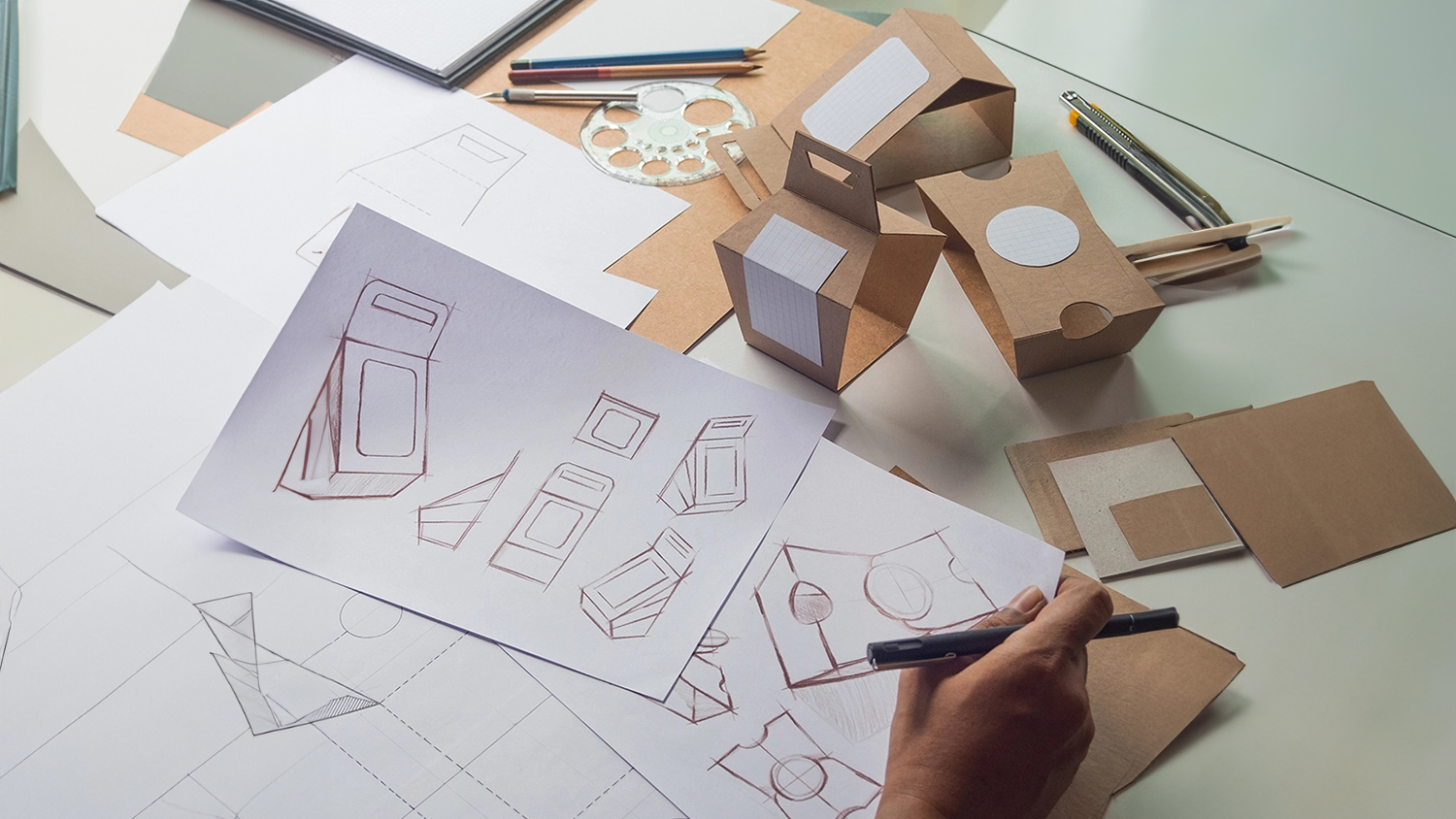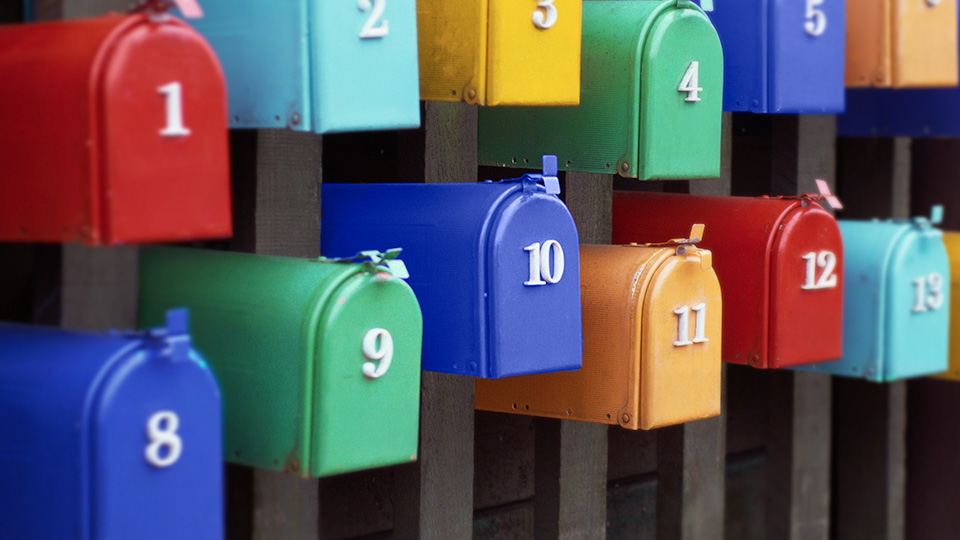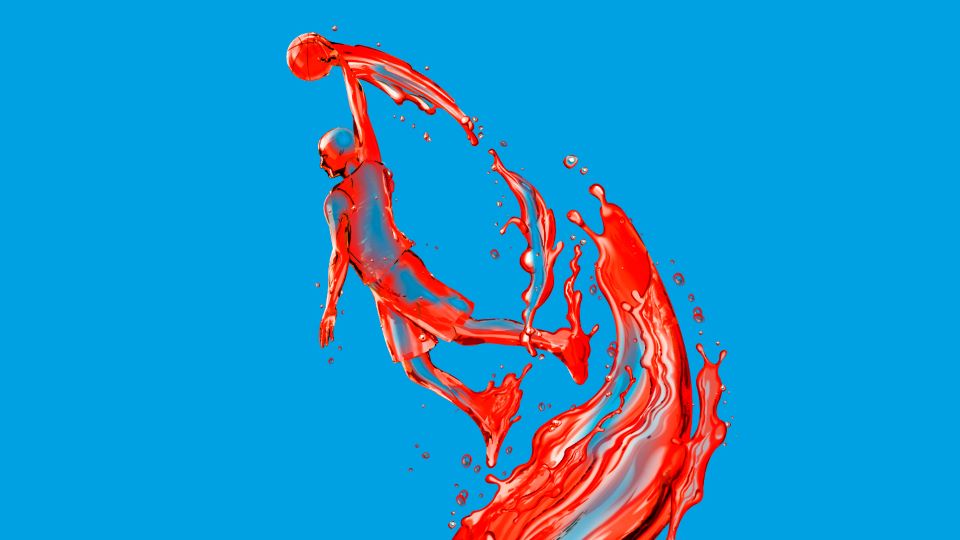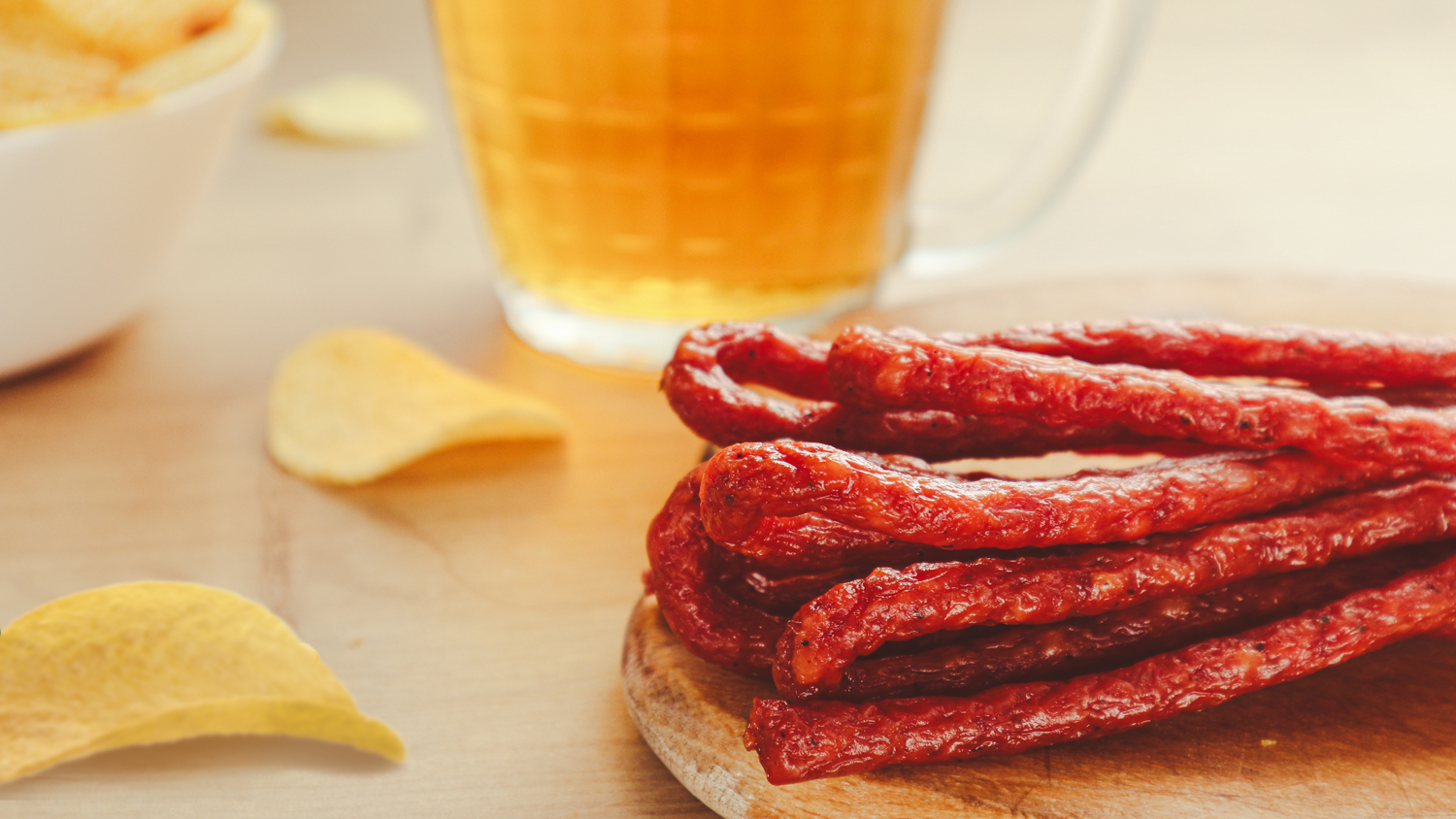No longer just vessels to transport and display products—today, the best packaging follows the trend and demand for relevant content. Packaging can be an effective marketing tool but is sometimes overlooked because of technology and attribution limitations. That’s starting to change.
Mobile and variable print technologies are making a difference. It’s now possible to personalize consumer packaged goods and to attribute sales to that packaging.
A May 2019 L.E.K. Consulting survey found that 75% of CPG brand owners expected to increase their packaging budget in the next year, up from 40% in 2017 and 65% last year.
What’s behind this steep upward trend? Changes in retail, the environment and lifestyle.
Convenience
Consumers want packages that are easier to open and come in single-serve sizes, reflecting the quickly growing number of single-person households.
Prestige
Packaging helps boost the perceived value of high-end items, worth the extra cost even for fewer ounces. The right packaging communicates the “badge value” of premium products.
Sustainability
Trends in dietary health and wellness demands packaging that reflects a more thoughtful attitude toward the body, and the planet. Consumers want environmentally friendly products and companies are responding — 85% have made packaging more recyclable in the last two years.
E-commerce
For an evolving e-commerce supply chain, packaging has to protect products through more shipping and handling. Space limitations for both trucking and storage are additional considerations.
Consumers want more from CPG brands, and brand managers are scrambling to keep up. Taking advantage of innovations like personalized packaging can help, but only if approached right.
Best-in-class packaging gets increased attention on shelves (+31%), increased trial (+64%) and repeat purchase (+41%). Most important, it improves sales by 6%. But just because anyone can create an augmented reality experience with a code on packaging doesn’t mean it’s right for every brand.
What matters most is creating an experience that engages customers. Companies can boost their bottom lines by making their customer experience better than the competition’s.
What’s the right approach:
- Do you: Begin with your brand and don’t stray from your identity. It’s easy to get caught up in stunts and the attention grabbing; but brands should stay true themselves and use packaging that communicates both value and identity.
- Make it personal: Take your efforts from a high-level 1-to-most approach to an individualized 1-to-1 profile. Consider steps to use data collected from online behavior and direct mail response to inform packaging.
- Pull in social: Optimize package design for smartphone images uploaded to social media. Some brands invite customers to personalize labels and packages online, providing a simple path to purchase and social sharing. As a bonus, this captures more customer data.
- Think outside the box (pun intended): Consider all the things that go along with the actual package. Tape, bags, inserts, packing slips, tissue paper, stickers and samples all give companies additional opportunities to personalize messages for customers in unexpected and highly visible ways.
No question, packaging needs to be efficient and effective. Speed to market, shelf-life and cost matter, as do visual appeal. With advanced technologies in digital print, marketers are expanding personal touches beyond traditional methods and onto the packages consumers hold in their hands and walk into their homes.



